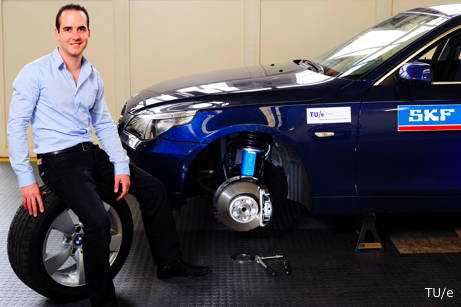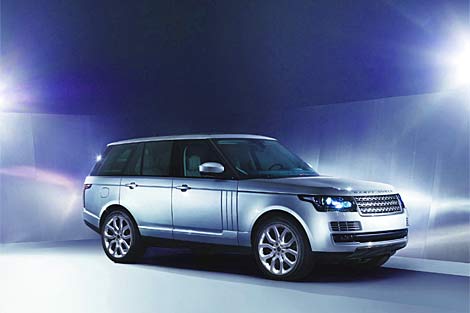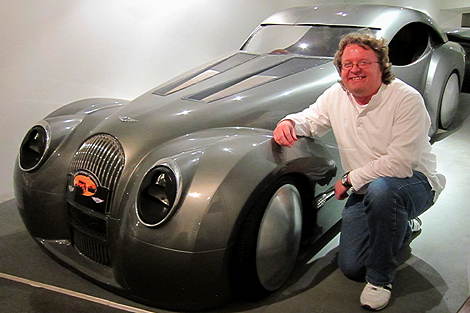
Researchers at Eindhoven University of Technology (TU/e) have developed an electromagnetic active suspension system which improves ride and handling – but without the high power consumption of existing hydraulic active systems.
The system can raise or lower each wheel independently in a fraction of a second, much faster than a hydraulic active suspension. The new system reacts fast enough to cancel out the rapid vibrations caused by irregularities in the road surface, making a considerable improvement in ride quality.
Handling and roadholding are also improved because the system compensates for roll in corners, keeping the body level and avoiding changes in camber (the wheel's angle to the vertical) which compromise tyre grip. Abrupt manoeuvres like the elk test are also much safer.
Bart Gysen, who is working for his PhD on the development of the system, believes it will be particularly beneficial for emergency service vehicles: “An ambulance fitted with this system will be able to transport patients quickly and free of disturbing road-surface vibrations.”
The system developed by Gysen was tested last year on a test bed that simulates road-surface vibrations on just one wheel. That resulted in an increase of 60 percent in ride quality. “We expect that this increased comfort can also be achieved with a real car”, Gysen explains. “And possibly even more, when all four wheels are fitted with the system.” The aim is ultimately to develop more comfortable cars that also have higher safety.

The electromagnetic suspension consists of a spring, a powerful electromagnetic actuator, a control unit and batteries. In normal use the actuator changes the position of the wheel relative to the body. If the electrical system fails, the spring in the system continues to absorb road shocks while the magnets provide passive, magnetic damping.
According to Gysen the system’s energy consumption is modest. “If you install this suspension system on all four wheels, the peak consumption is 500 watt – half of what an air-conditioning system uses. Hydraulic suspension systems use four times as much power. And the consumption of our system can probably be reduced still further by optimization. This is only the first version.”
In addition, the system can use vibrations from the road surface to generate electricity, which is fed back into the battery.
Currently the system only operates on a single wheel, so individual systems are needed for each wheel of the car. But development work using a test vehicle with the system installed on two wheels began in March with a key objective being to co-ordinate the behaviour of the suspension on the individual wheels.
SKF, which has financed Gysen’s doctoral research and has also patented the technology, is currently considering whether to market the new suspension system.



